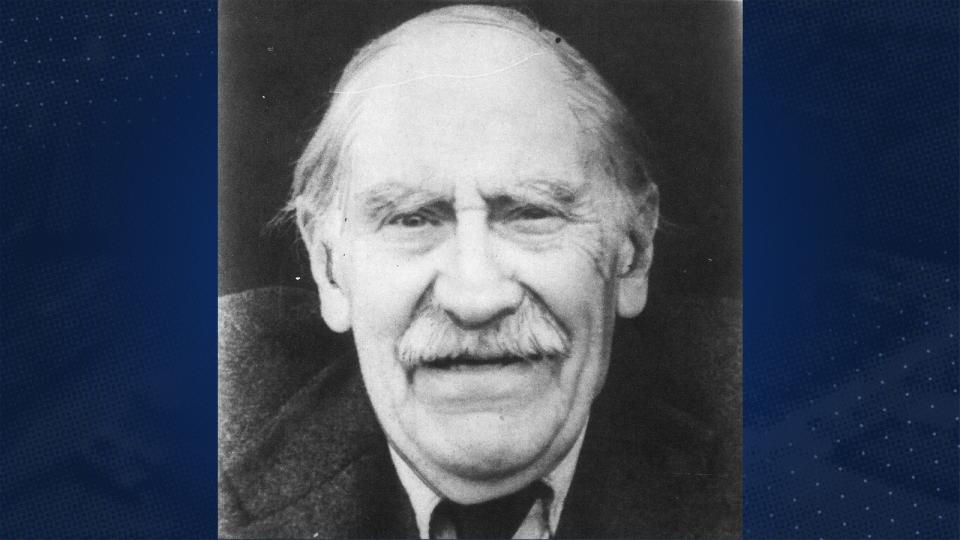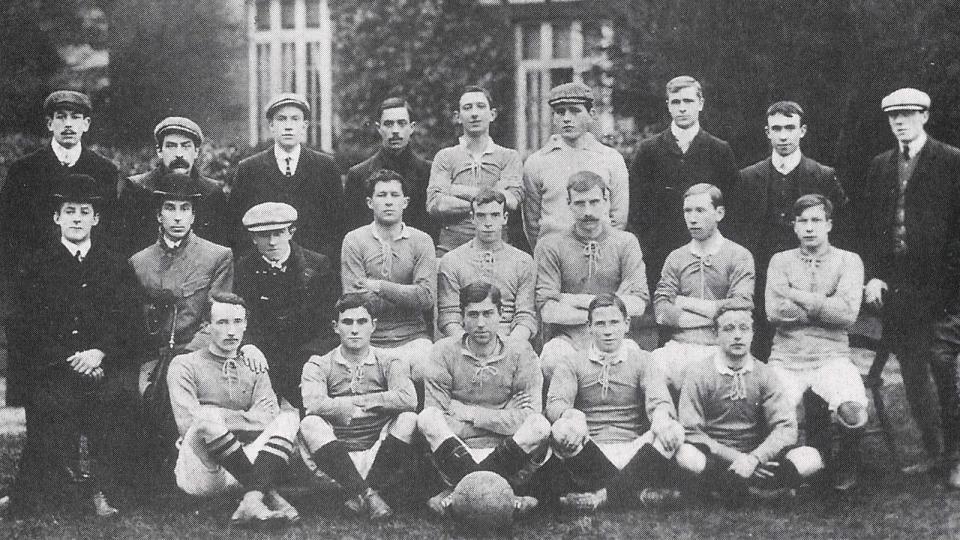At the start of each month throughout this season, we will be remembering the most important moments, matches and milestones from the history of Cardiff City Football Club, proudly celebrating our momentous 125th anniversary.
On the eve of this historic campaign for the Bluebirds, we begin our deep dive into the treasured history of the club we all love right at the very start – 125 years ago, in the summer of 1899.
It is hard to dispute that without the wisdom, tenacity and tireless work of Bartley Wilson, Cardiff City Football Club would not exist in the way it does today. A lithographic artist by trade, Bartley, who in 1899 lived at 1, Coldstream Terrace on the banks of the River Taff, was an enthusiastic member of Riverside Cricket Club, based nearby in Sophia Gardens.
Bart’s idea to keep the cricketers fit and healthy during the winter months proved to be a significant one. He held two meetings in his home on Coldstream Terrace – the exact dates of which are sadly unknown – which gave way to the formation of Riverside AFC, and the election of its new committee, with Bartley as secretary.
The annual membership fee was a ‘half-crown’ (two shillings and sixpence), and it was decided that the new team would wear quartered shirts of chocolate and amber colours. Missing out on a place in the new Cardiff & District League for 1899-90, Riverside AFC were forced to begin their existence with a series of friendlies. The first of these came against Barry West End on Saturday, October 7th, 1899 – a truly historic date in the long story of our club, and one which will be celebrated with significance later this year.

Our competitive debut, albeit at a very low level, followed in February 1900, as Riverside entered the Junior Medal Cup to face Roath Road Wesleyans. Now on a roll, Bartley began to establish a more permanent presence for his new side, setting up a headquarters at 23 Mark Street in Riverside. The club’s first league action came at the start of the 1900/01 season in the Cardiff & District League, and we lifted silverware for the very first time by winning the Bevan Shield in 1905.
By now, the small outfit drawn up on Coldstream Terrace back in 1899 was growing month after month. Amalgamation with Riverside Albion in 1902 was one key step towards the expansion of the club, but Bart had set his sights on an even bigger milestone. On October 28th, 1905, Cardiff was granted City status by King Edward VII, and Wilson sought to seize the initiative. One week later, in a meeting at the Alexandra Hotel on Queen Street, he submitted a request to change the name of the club to Cardiff City.
After seeing his initial request dismissed, Wilson persevered with his ambition to push the club to the highest levels possible. Entry to the South Wales League came in the autumn of 1906, and, on September 5th, 1908, Bart finally got his wish. The club were formally permitted to change their name; the brief but vital history of Riverside AFC had come to an end, and the era of Cardiff City was about to begin.
In the fast-growing sport of association football, proper administration and recognition off the field was just as important, if not more so, than success on it. In that sense, Bartley Wilson deserves every ounce of recognition as the man who created, maintained and strengthened Cardiff City. His next step was to test the waters in a historically rugby-dominant city. Three high-profile friendly matches were arranged, with the key figure being the attendance, not the scoreline.

On October 5th, 1909, the Cardiff Arms Park played host to a friendly match between Cardiff City and Crystal Palace, who played in the Southern League. The game finished as a 3-3 draw, with gate receipts of £33 (£3,300 today) reported. Not bad for an amateur side!
2,000 spectators watched City face First Division stalwarts Bristol City six weeks later, but the most memorable of the three friendlies came against Middlesbrough on 30 March, 1910. Another First Division opponent travelled to South Wales, this time to the Harlequins Rugby Ground on Newport Road. In a huge shock, City defeated Boro 2-1 in front of 8,000 spectators. This was the most important result at that point in our brief history, and removed any doubts that Cardiff City was ready to make the jump towards professional competition.
The final piece of the puzzle was a permanent home stadium. After months of searching, Bart met with Cardiff Councillor John Mander, who offered the club a plot of land on Sloper Road – close to the modern-day junction with Leckwith Road and Broad Street. However, the board were not impressed, with Bart instead eyeing up a plot of land slightly further down Sloper Road that lent itself better to future expansion. What an important decision that turned out to be.
The club offered £60 rent for the first year, rising £10 per year, on an initial seven-year lease, with an agreement in place for a further 14 years once the first seven had passed. These were the first steps in guaranteeing the historic former home of our club.
The final snag was an obligation to provide two financial guarantors for the new land. When one of the initial backers pulled out, City’s move was in doubt. Thankfully, five men stepped forward to show their financial support, including Lord Ninian Crichton-Stuart - more on him later.
Things were now moving at a frantic pace. On April 21st, 1910, Cardiff City Association Football Club Ltd. was officially registered as a formal company, with offices at 9, Park Place in the city centre. Next up was an invitation into the Second Division of the Southern League, which the club duly accepted. Bart decided to change amber and chocolate quarters for bright blue shirts, and soon signed his first professional player – Jack Evans, who hailed from Bala and arrived at City from Cwmparc, for a fee of six shillings.
On September 1st, 1910, eleven years after Bartley Wilson first called that fateful meeting in his home on Coldstream Terrace, Cardiff City, Wales’ first professional football club, officially opened their new home ground, Ninian Park, deservedly named after the man who had safeguarded our finances when others could not. After years of hard work and dedication, the future was certainly looking bright.

